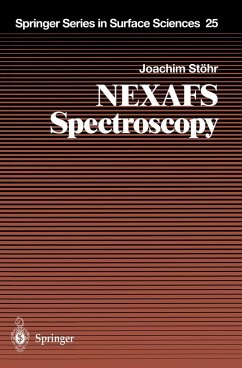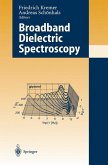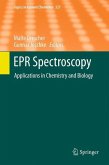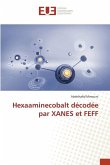The purpose of this book is the development of the principles and experimental techniques underlying near edge X-ray absorption fine structure (NEXAFS) spectroscopy and the demonstration of the power of the technique for the study of the electronic and crystallographic structure of low-Z molecules bonded to surfaces. Low-Z molecules are defined as those consisting of hydrogen, carbon, nitrogen, oxygen and/or fluorine atoms, which are particularly important in surface chemistry. This book is the first comprehensive treatment of the subject and presents a unified picture of theoretical and experimental concepts and results. It develops all concepts from an elementary level and is suitable for students and researchers without extensive prior knowledge in X-ray absorption spectroscopy. On the other hand, it discusses state-of-the-art instrumentation, analysis techniques, and experimental and theoretical results and is therefore also suited for the advanced spectroscopist. The spectraof free molecules are discussed first, since their understanding provides the basis for understanding spectra of molecules bonded to surfaces, the main topic of the book. The connection to spectra of polymeric molecules is also made. The book may therefore be of interest not only to surface scientists but also to researchers studying free molecules or polymers. The various molecular adsorption systems studied by NEXAFS are tabulated. Future scientific opportunities making use of the NEXAFS technique in conjunction with advanced synchrotron radiation sources are also discussed. These range from element-specific microscopy stud ies of solid surfaces to studies of molecular conformations at liquid surfaces. Portola Valley, CA J.
Hinweis: Dieser Artikel kann nur an eine deutsche Lieferadresse ausgeliefert werden.
Hinweis: Dieser Artikel kann nur an eine deutsche Lieferadresse ausgeliefert werden.







